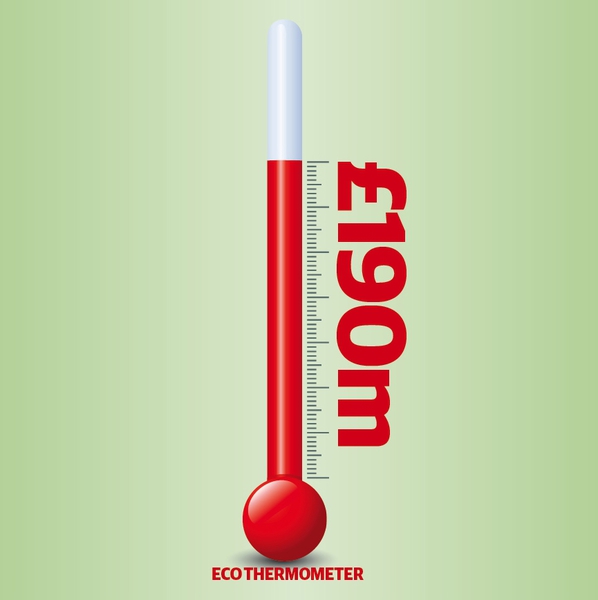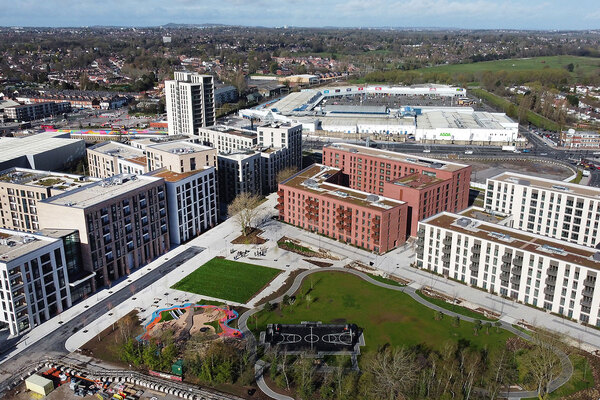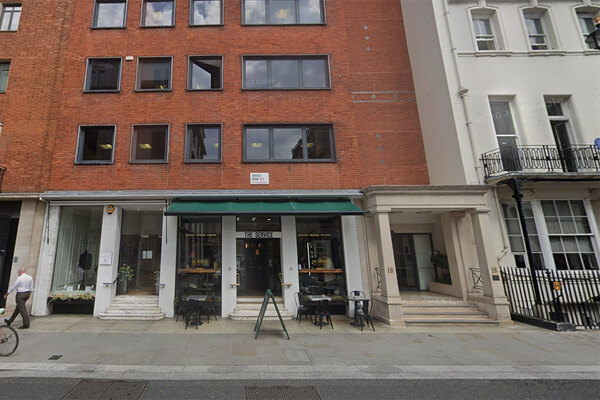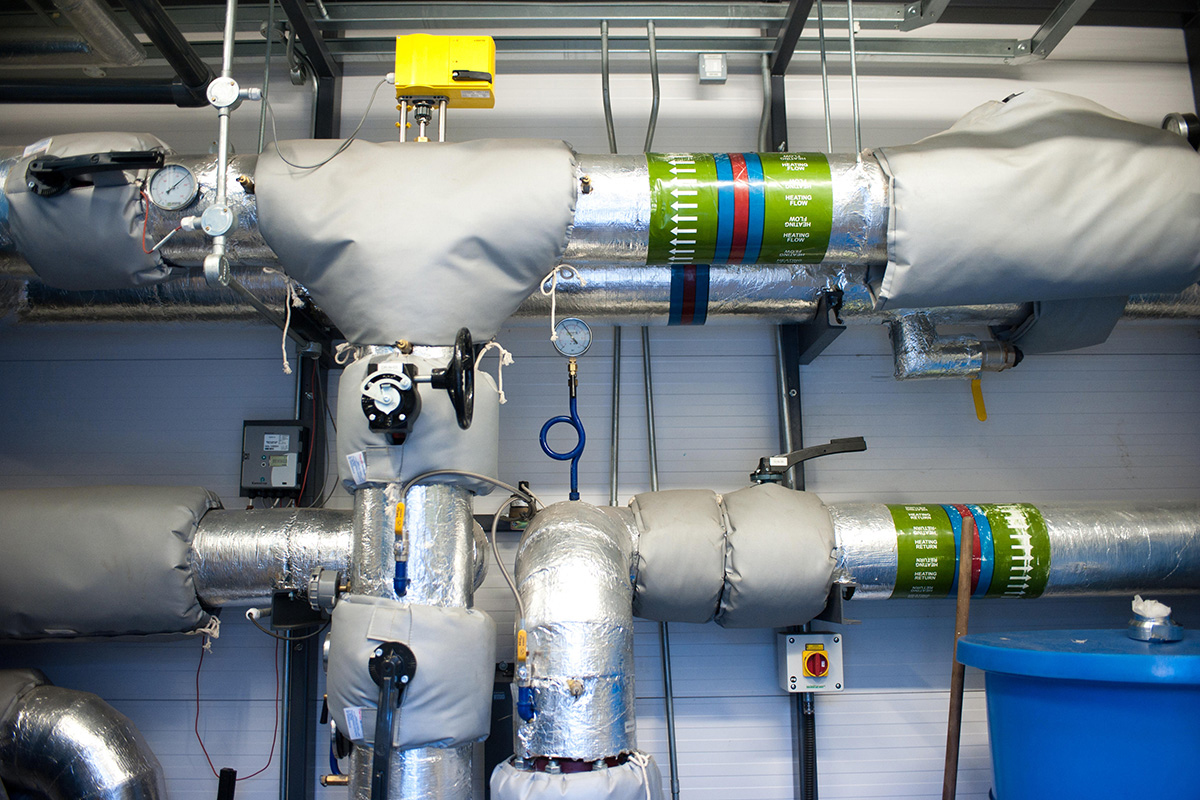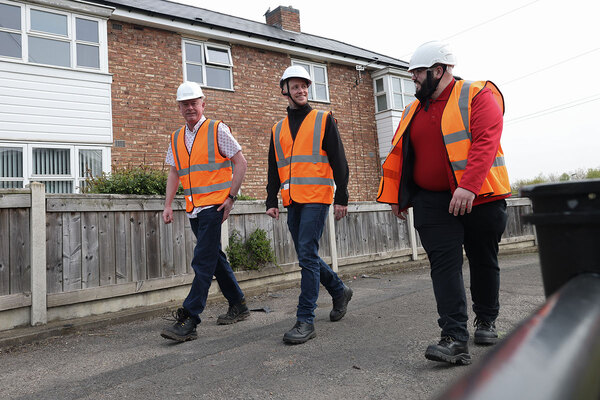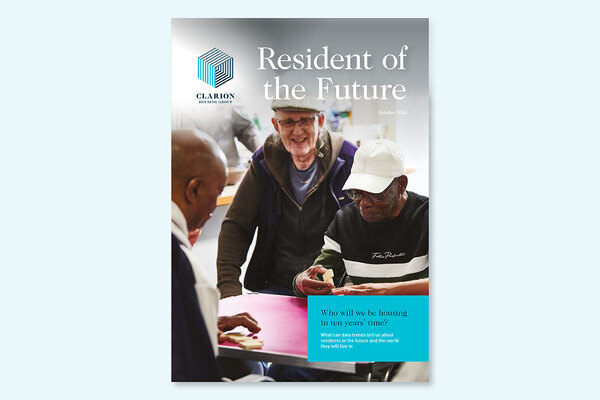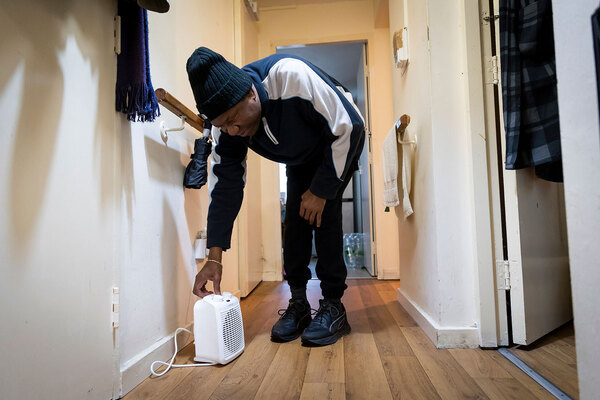Green deal changes to benefit low-income homes
The government has changed its flagship retrofit programme to allow an extra 100,000 low-income households a year to receive energy efficiency works.
In a major win for Inside Housing’s Green Light campaign energy secretary Ed Davey today confirmed that the government had redesigned the £1.3 billion energy company obligation to make it more equitable for social tenants.
After months of waiting Mr Davey today published the secondary legislation for the green deal which revealed that social landlords, which were originally excluded from any of the fuel poverty ECO funding, will now be able to access a new £190 million pot.
As revealed by Inside Housing in April, the funding pot, known as The Carbon Savings Communities Obligation, will be targeted at the 15 per cent most deprived areas.
Around 15 per cent of this will have to be directed at rural communities with populations of less than 10,000 people.
A wide range of measures including loft, cavity wall and solid wall insulation will be eligible for the £190 million annual funding.
Under the green deal, 14 million households are to receive energy efficiency works on their homes at no upfront cost. The private sector-led scheme will see green deal providers such as B&Q carrying out the works and then recouping the costs over time through the resulting savings in energy bills. To work, the measures must meet the ‘golden rule’ whereby the cost of works cannot exceed the savings.
ECO will be used to bridge the gap where more expensive measures, such as solid wall insulation, do not meet the golden rule, or where low-income households are fuel poor so unable to achieve the necessary savings without subsidy.
The government said the change meant that 230,000 households in low-income areas would now receive subsidy each year.
As previously proposed, landlords will still be excluded from the £325 million affordable warmth element of ECO.
However, the range of measure eligible under the CSCO and the larger Carbon Savings element formerly called ‘hard-to treat’ has been expanded from just solid wall insulation to include cavity and loft insulation.
DECC said this would help support the insulation sector which has warned of a mass collapse in October when the green deal replaced the subsidies funding the market at the moment.
It also opened the eligibility criteria under the affordable warmth fund of ECO up to include any measure that reduces the cost of heating a property.
The consultation response confirmed the government would be introducing a brokerage mechanism to distribute ECO funding in a transparent manner, but said it had not yet decided what proportion of the subsidy would be affected.
Instead it said there would be a short consultation over the summer.
The National Housing Federation welcomed the government’s amendments to the scheme, describing it as a ‘crucial’ win.
Pippa Read, policy leader at the NHF, said: ‘It is great that the government has listened to us. But we need to monitor the emerging framework to ensure housing associations are given all the tools they need to deliver for their residents and communities.
‘In addition to confirming that more costly to treat properties will be eligible for ECO funding, the government is encouraging a much more open and transparent approach to bidding for funding and has simplified some of the proposed green deal bureaucracy.’
